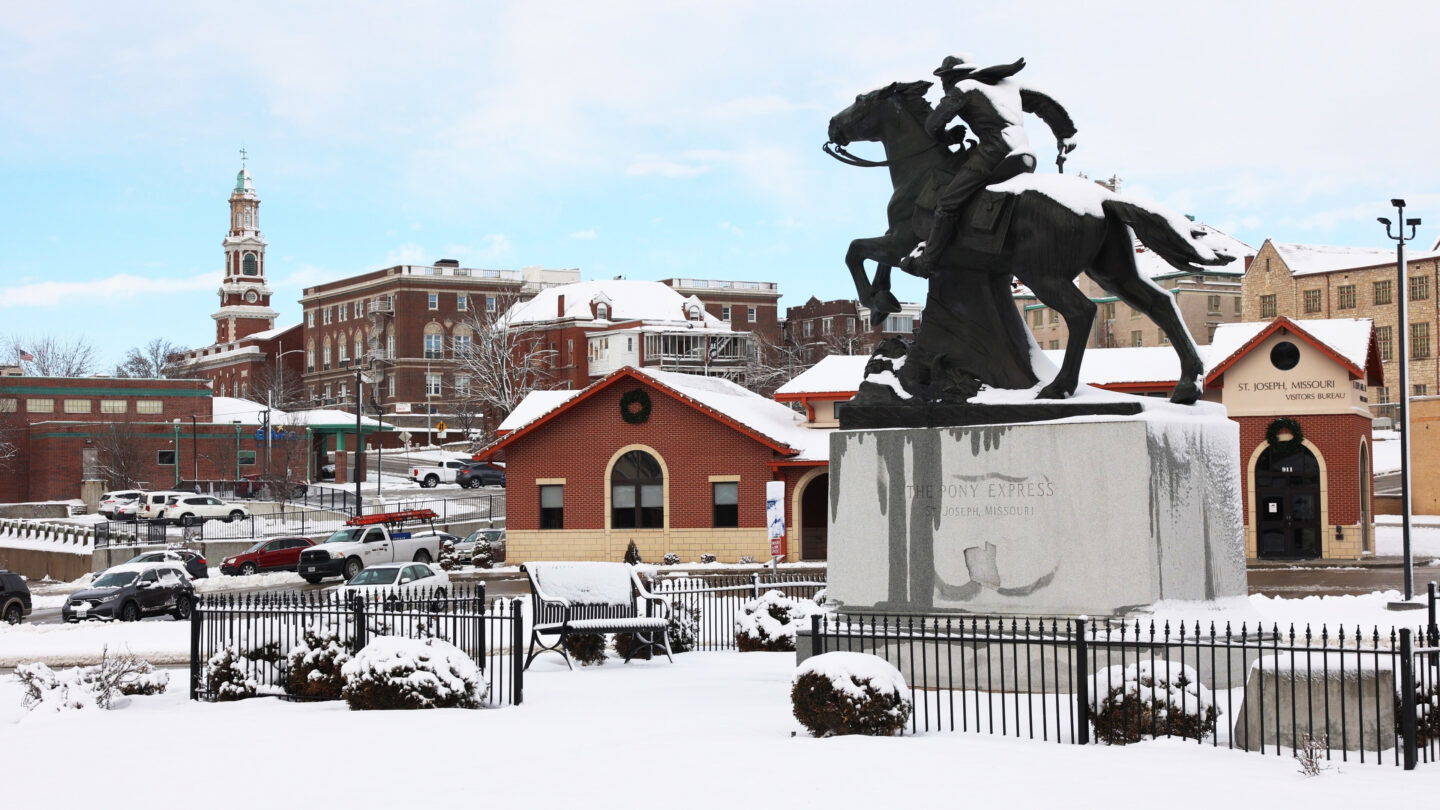Application window for opioid settlement funds nears in St. Joseph

By Cameron Montemayor
St. Joseph is one step closer to allocating opioid settlement money, as the application window opens Monday for local organizations to put their name in the hat to receive funding.
City council members approved an amendment Monday to appropriate $105,000 in opioid settlement funds for fiscal year 2024. Along with $52,000 from Buchanan County, a total of $157,000 will be made available for area agencies and organizations for opioid settlement fund requests. The initial application period opens Monday, Jan. 15, and concludes Feb. 29.
St. Joseph is expected to receive around $1.6 million over a 17-year period as part of a $26 billion settlement with pharmaceutical giants Johnson & Johnson, Cardinal Health, McKesson and AmerisourceBergen. Settlement funds will be allocated and dispersed each year until 2039.
St. Joseph and Buchanan County recorded 42 overdose deaths in 2022 among 2,181 across the state.
“It’s not going to change the past. It’s not going to bring, you know, people’s loved ones back that were lost to addictions or overdoses,” Drug Strike Force Capt. Shawn Collie said. “But now we can start to put the money where our mouths are and actually, you know, get some of these programs not necessarily up and going, but enhance them.”
Collie sits on a new board created to review applications and allocate funds for opioid settlement requests, called the Opioid Settlement Funds Review Board. The eight-member board is comprised of six people representing entities from city and county law enforcement, the St. Joseph School District, the St. Joseph Health Department and two individuals from the fields of mental health care and substance use disorder treatment.
“It’s really important to bring in all your different subject matter experts and people who work on substance use disorder to really have the greatest input and the greatest impact and to also bring the voice of the community and the community needs,” said Kendra Bundy, assistant director with the St. Joseph Health Department.
Organizations and agencies will be notified by the last week of March if their application is selected. Approval will depend on how well the proposals align with terms and funding objectives outlined by the city and county in a memorandum of understanding agreed to in December. Top objectives of the MOU include filling gaps between city and county opioid prevention services, addressing unmet substance use prevention needs and supporting sustainable resources for the prevention of substance use disorders.
Bundy and health department officials have played a key role in discussions and work between law enforcement organizations and agencies on matters related to opioid education for years, including the Buchanan County Opioid Task Force. Those partnerships have helped create a foundation for productive action and allowed them to identify and prioritize areas of need for opioid education and prevention objectives.
“It’s something that we’ve taken a strategic look at, done a deep dive to really look at, like, where we are resource-wise, where we need to get to some gaps and then how do we make that work?” Bundy said. “Substance use disorder really impacts everybody from A to B. It is exciting to be able to have resources and be able to fund, funnel and channel those differently and look at new opportunities.”
The review board intends to meet as often as needed to evaluate proposals and decisions about what projects, initiatives or activities will receive funding, the intended use of the funds and the exact amount. The MOU specifies that funds are limited only to one year, however, organizations and agencies will have the opportunity to continue requesting funds in future years. Funding is strictly for services and initiatives occurring in St. Joseph and Buchanan County.
Parameters outlined in the city and county agreement state that 80% of funds will be reserved for local nonprofit groups and support services that focus on opioid treatment, prevention and education, with a majority of the 80% going toward treatment prevention efforts and the rest going toward education and prevention.
The remaining 20% will be evenly split between emergency prevention needs and administration costs associated with reviewing and working with agencies on their proposals.
“A lot of it’s going to be work on the organizations requesting the money for them to write up and put together a good proposal. There’s going to be competition,” Collie said.
After proposals are selected and money is finalized through a funding agreement with the city council or county commission, the process isn’t finished. The board will be tasked with performing quarterly reviews of those agencies and reviewing data to determine if organizations are meeting their goals. They’ll also be required to submit thorough reviews every two years to the city and county outlining the entities, allocation amounts and intended uses.
“For the organizations … it’s going to be making sure that we’re holding people accountable,” Collie said. “If they’re requesting money and awarded money, that money is being utilized how it was requested.”




